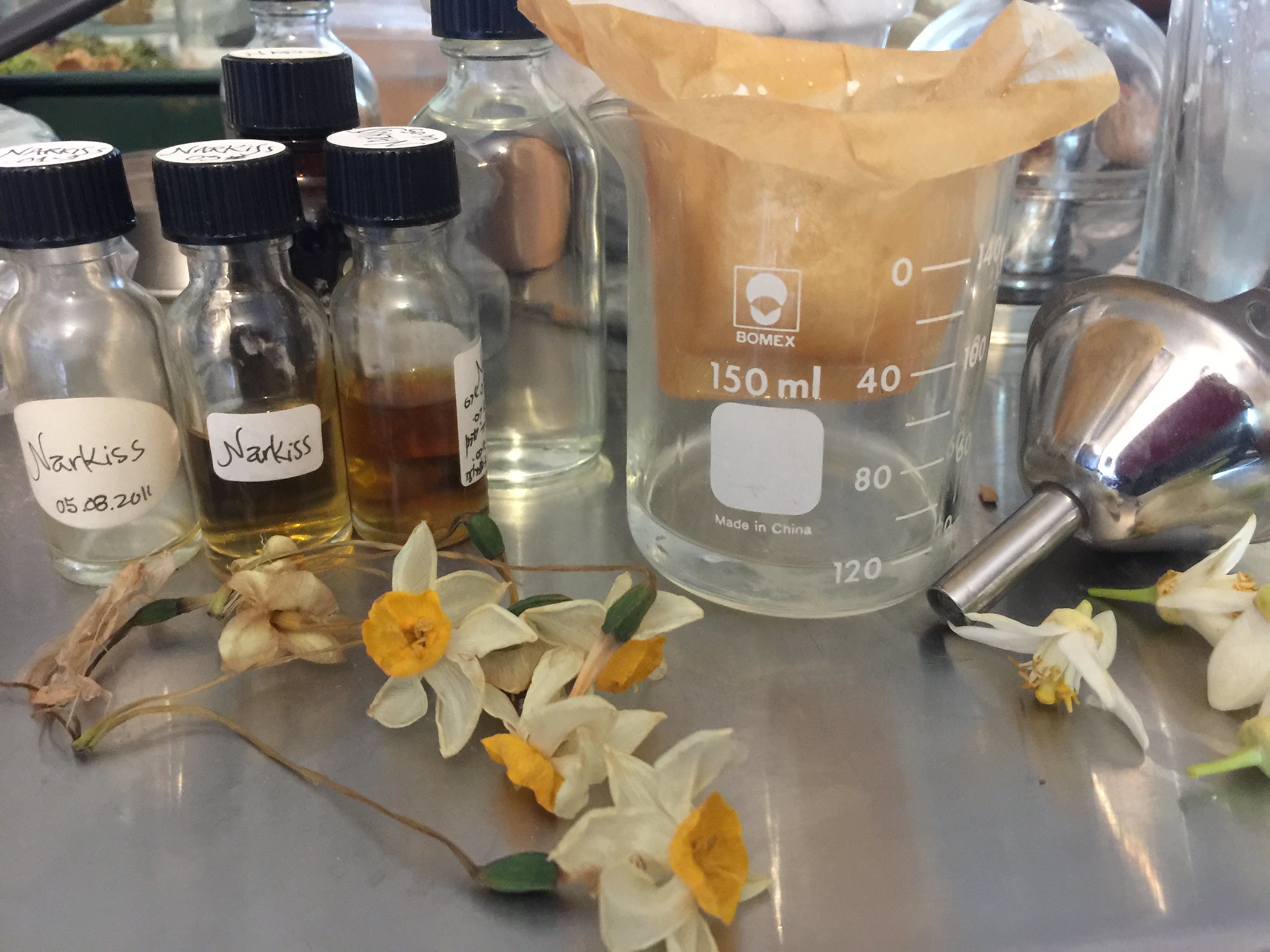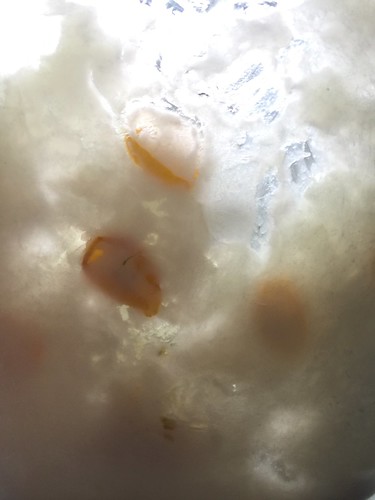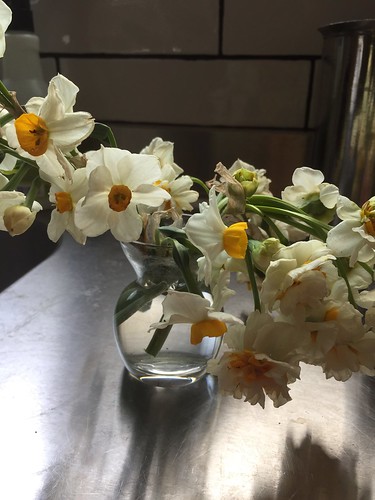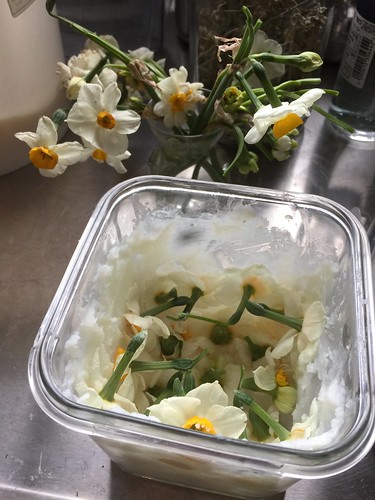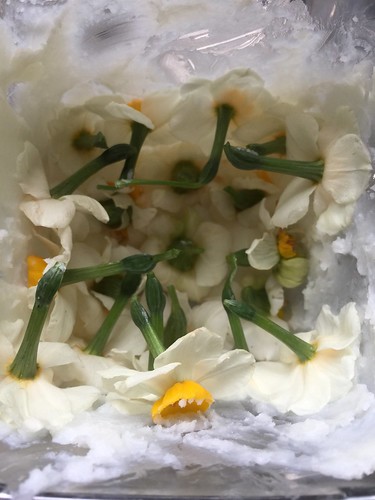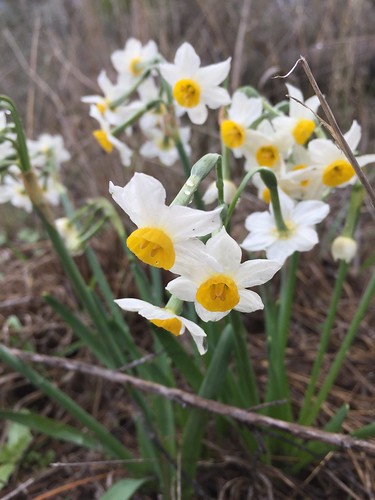The Narkiss creation journey started as early as 2007, with a name, and a sketch based on the natural raw materials that W.A. Poucher lists in his 2nd volume of "Perfumes, Cosmetics and Soaps". These were composed much later (in 2011) into 2 mods that I refer to as "First Round" - because they both represent the same concept, and are in fact a continuation of each other. In fact, I didn't even bother making them in separate bottles*.
This round was all about exploring narcissus absolute, which I had in only extremely limited quantity, and just have fun with it. It was created in what I like to call "intuitive approach": just following my nose, and working with the essences that seems most fitting for make this precious extract truly shine. Perhaps it's not purely intuitive, because I did have a list of per-selected notes to choose from. But still, many of them were screened out purely based on what my nose and my heart were telling me in the process.
To start with, I didn't really have a concept in mind, besides that of wanting to work with narcissus absolute, and calling the perfume "Narkiss". I wanted to bring out the richness of this essence, and worked with notes that were some of the most elusive and unique on my palette: costus root, Africa stone, galbanum absolute, absolute from oak wood barrels, and last but not least - Jonquille (which extends the narcissus, being very closely related both botanically and in odour profile).
While the perfume ended up quite minimalist in the number of raw materials (12), the mood of this perfume is anything but minimal. It has a richness to it that really made me think of a candle-lit flower. A little waxy and golden, honeyed and glowing like beeswax candle; but also very richly floral and seductive, like a dim-lit bouquet in a vase. Romantic, but also mysteriously melancholy.
In my fear of destroying what I've created, I didn't add any top notes to my composition. And I also didn't touch it and didn't get back to it till several years later.
* This is something I often do - when I know that the mod is just a beginning of something else. This is also a good way to save space in my overstuffed archives of experimental scents, and also saves on the time of re-blending the first portion, only to be adding more things to it that I already know are lacking in the first formula. It may not be scientific, but it works for me.
